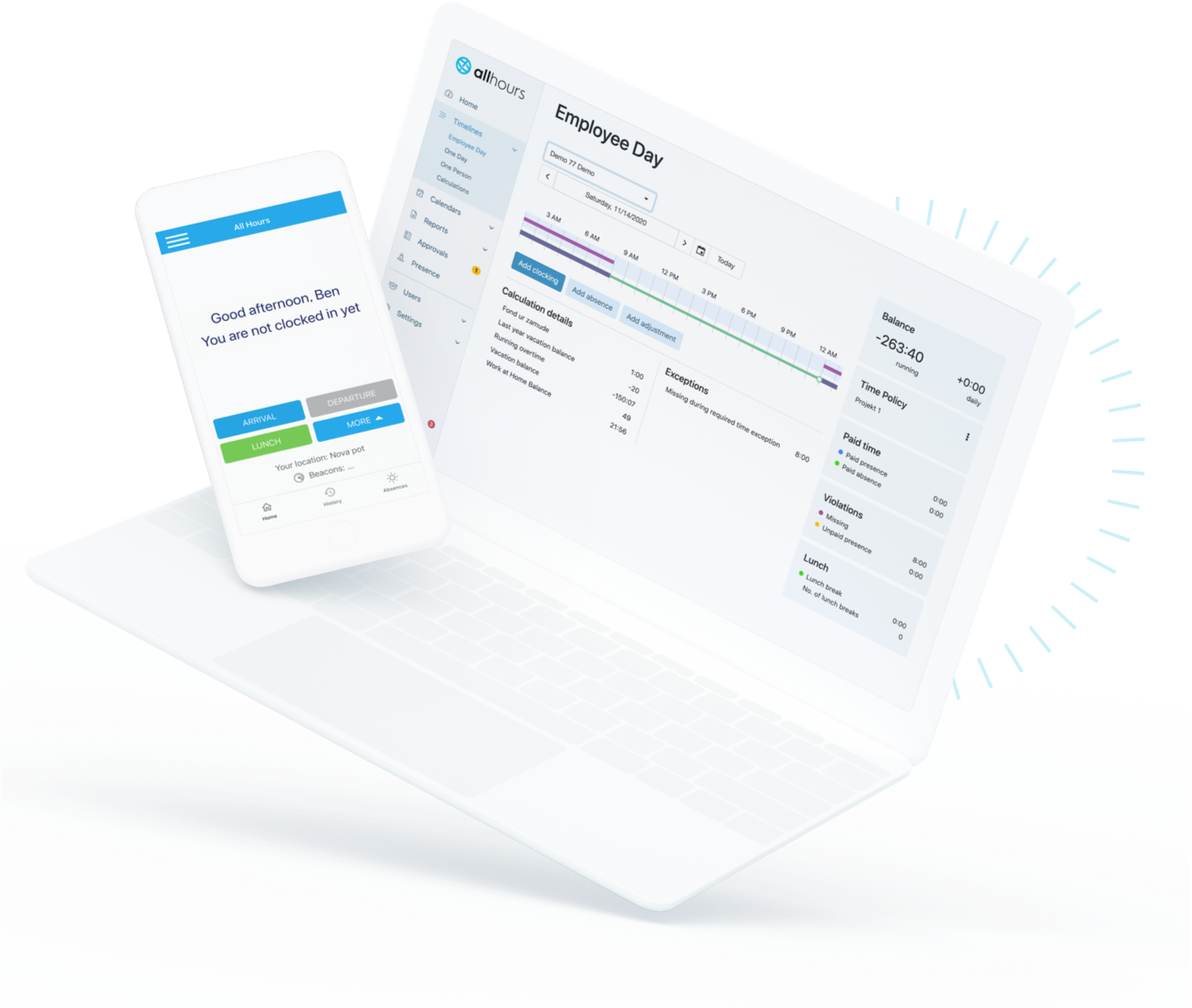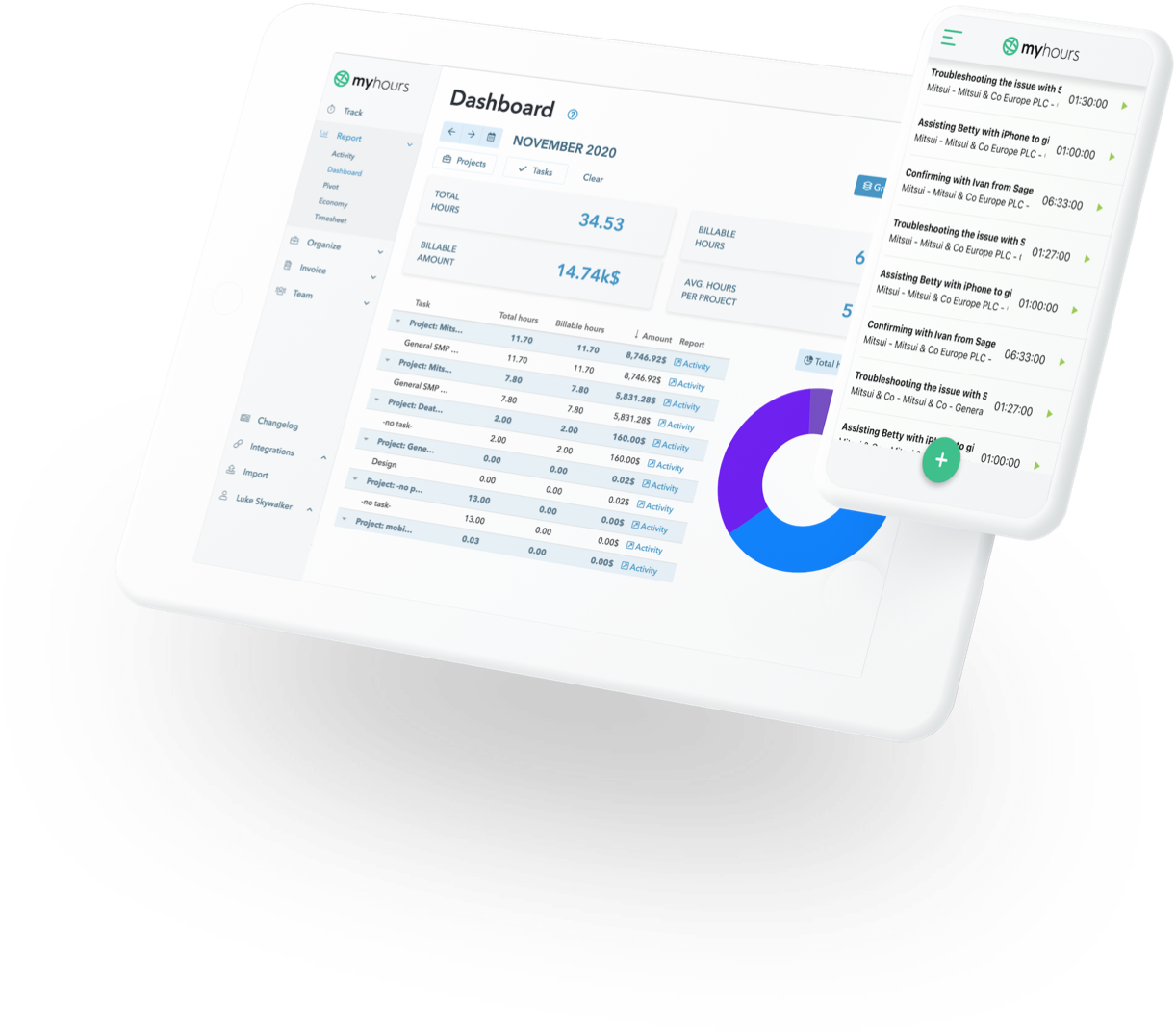Employee performance: What it is and the best ways to improve it

The key to success in business is execution, and for great execution you need to ensure top performance from your employees.
Making the step from average to extraordinary performance is not easy and the leap from incompetence to genius is not short. Consequently, the journey to extraordinary performance must always be empowered by intent and effort.
We could say that employee performance is mainly about becoming your best self and helping others to do the same.
In this article we will show you how to get the best possible performance out of your employees by creating the right organizational culture and leading by example.
- What is employee performance?
- The best way to improve employee performance – understanding how can fear cripple or encourage people
- How to transform fears into building blocks of top achievement?
- First: fear of not-belonging
- Second: fear of purposelessness
- Third: fear of not having power
- Four: fear of not being your best self
- Why is there so much controversy about measuring employee performance, and how should it be measured?
- New, modern methods of employee performance evaluation are people-centered
- Evaluation is not supervising, it is a shared experience
- In summary – 10 tips on how you can enhance employee performance in practice
What is employee performance?
Always there at the right time with the right solution, top performers easily snatch our attention and admiration; sometimes even our jealousy. But what is employee performance really?
Perry Timms, featured on the HR Most Influential Thinkers list, brilliantly defines employee performance as:
The aggregation of value-creating activities that either serve needs or solve problems for customers, partners, or colleagues and can be measured for effectiveness, quality, and effort taken.”
Purpose, value-creation, and meaningfulness is at the very heart of top performer’s work. So, getting good at making sound decisions in the face of uncertainty is the name of the game in regards to employee performance nowadays.
And the main obstacle? It’s not unproductiveness. It’s fear and lack of purpose.
The best way to improve employee performance – understanding how can fear cripple or encourage people
Performance is a result, not something that can be managed directly; it’s a by-product. We are all committed to doing well at work and in our personal lives, but often something gets in the way.
In most cases, we are scared, not lazy. Fear is a powerful emotion. It can protect us from danger, but equally important, it can hold us back. Rather than following our dreams, we settle for “good enough”. Safe? Yes. Deeply satisfying? Not at all.
Top performing individuals and teams follow a different path. They are aware that killing fear is good for the bottom line, because fear limits performance.
So, how can we free ourselves from fear? The Power Question Method, invented by Traci Fenton, is a solution worth considering and is centered around our everyday dilemmas.
- Are you afraid of being seen as incompetent?
- Are you concerned about underachieving?
- Do you ever think you are not good enough?
- Do you need to have a difficult conversion but are avoiding it?
Many of us feel like this, and maybe this sounds like your team’s sprit. Maybe you can identify these fears in your employees, especially the ones who are not performing well.
And the same goes for organizations, too. The problem crippling most workplace cultures is that they are driven by fear. A lack of freedom and belonging is causing disengagement and lowers employee performance drastically.
There are various managerial techniques to improve performance and push people to think beyond fear. Fenton’s well-proven method is one of them.
It’s built on a basic question: What would I do if I weren't afraid? This is a question that helps us to think big, take chances, and follow our dreams. It's a question that overcomes being held back by fear. Very powerful, yet easy to use.
How to transform fears into building blocks of top achievement?
Where and how we work is a core element and predictor of organizational performance and success. Leaders often face a dilemma: can prioritizing care for people over results be bad for employee performance?
Or is it the other way around … Does prioritizing results over relationships have a bad influence on performance? Smart leaders overcome this paradox by choosing both: caring for relationships and results equally.
Before hitting the road to performance heaven, let’s address some hidden factors that affect performance.
First: fear of not-belonging
Belonging is a basic human need. It’s good for our health and it’s good for business. Harvard Business Review reports that if workers feel like they belong, companies reap substantial bottom-line benefits.
High belonging is linked to a whopping 56% increase in job performance, a 50% drop in turnover risk, and a 75% reduction in sick days (results of BetterUp research, 2019).
When we include everyone in the team, the team improves as a result.
And yet, 40% of people say that they feel isolated at work. And the result? Fear of not-belonging and not being included makes people sabotage work. It lowers motivation, commitment, engagement, and finally, employee performance.
Also, negative traits, such as stress, anger, mistrust, illness, and anxiety in the workplace, are often the outcome of (a sense of) being left out, not included, not accepted, not heard, and not understood. Poor performers are usually lacking a feeling of belonging.
Companies intervene in many ways: mentoring, empowerment, providing employees with benefits and initiatives, but the most effective management tool is a very simple and genuine one.
Ask people if they feel they are included, that they have power over their assignments, that they are in the know, and that their ideas are valued.
Active listening is the cornerstone of building a sense of belonging, and it offers a goldmine of new ideas as well. As the Dalai Lama puts it: 'When you talk, you are only repeating what you already know. But if you listen, you may learn something new.'
Second: fear of purposelessness
As the story goes, more and more people, especially millennials, understand work not as something that you ‘must’ be doing, but a sphere that should be fulfilled with purpose.
Working for a sense of purpose is something beyond a paycheck or a job title. If the answer to “why am I doing it?” and “how does my company change the world?” is not clear, it is very likely that the job won’t be done with flying colors.
Managers constantly complain that their employees are “disengaged.” Many studies suggest that only about 30-35% of employees across the world are considered “deeply engaged” at work.
Jamie Notter, an accomplished consultant with deep expertise in workplace culture, generations, and growth, once said that the reason for those horrible numbers is rather obvious.
“We created organizations based on an industrial, machine-like model. When we took the human-ness out of work, we made it nearly impossible for work to be fulfilling.”
So, traditional management, known for its “command and control” hierarchies, is being replaced. New types of organizations that value rapid innovation, transparency, flexible hierarchies, and a renewed focus on all employees, rather than only on management, are here to take the stage.
Third: fear of not having power
Another angle of performance is a feeling of power. Power is something that can be grown and amplified through collaboration, rather than domination. In flourishing organizations, employees respect power differences, yet they don’t see why people at different levels shouldn’t have access to each other.
Top performers are shifting to “power with” versus “power over.”
When people feel respected and accepted, their basic needs, such as safety and belonging, are covered. At that moment, they are then able to naturally access their higher order brain functions.
Challenge, passion, and intuition come to the fore, and this is where every employee makes their greatest contributions. In a positive state of mind, your energy level rises, and everything you do is done better.
In the old days, added value was built on hard work, cheap labor, and a willingness to obey. Power was concentrated at the top. Today, HR analysts report that more than 85% of stock market capitalization is intellectual property, brands, services, and software.
Consequently, every person contributing and performing well is a building block of added value. Employee performance, as the by-product of an organizational cultures that help unlock the potential of each person, is the key to success.
The most powerful companies are those with empowered employees.
Four: fear of not being your best self
Finally, it is not only organizations that are to be blamed for our own average or mediocre performance. It is our responsibility to cultivate habits that pay off long term. When being our best selves, we exhibit extraordinary performance.
According to Gay Hendricks, who identifies four different zones of function in his book “The Big Leap”, all of our performances fall into four zones:
- The Zone of Incompetence (Not good at it. Many people can do it better.)
- The Zone of Competence (Average at this. Some people do it better.)
- The Zone of Excellence (Highly skilled at it. Not many people do it better.)
- The Zone of Genius (Exceptional at this. No one does it quite like you.)
The last one, the Zone of Genius, is the mental state in which your inner genius is wild, and free to work their magic. It is characterized by experiencing periods of flow where we lose track of time and where the work inherently energizes us.
As you can imagine, highly successful people function in the lattermost zone. It is this state of top employee performance where you make the biggest impact. We are not powerless in the face of poor performance – we all have the power to wake up our inner genius.
Why is there so much controversy about measuring employee performance, and how should it be measured?
Once you activate your employees, it is time to evaluate how their performance has improved. The idea of performance reviews is necessary in all organizations. However, the implementation is often lacking and evokes frustration.
Imagine a day like this.
- You are called in the big-boss’s office.
- You are showed an excel sheet, serving as a proof of your poor performance.
- Too many of the goals you were given were not accomplished.
- Your question about the salary rise stays unspoken …
It’s a punch in the face. Or, at the very least, it leaves a bad aftertaste to the whole work experience. Stepping up to the next level of performance and contribution is a hard thing after such an experience, it is it not?
The employee performance assessment “(un)locks” the budget for raises and bonuses - it can cost you a promotion, or even your job. Performing above and beyond the call of duty is a serious thing. No wonder the topic of measuring employee performance has been controversial for so long.
Appraisal methods are changing rigorously. We can observe a trend of companies stopping the use of traditional performance ratings. The argument?
Reviews can turn an opportunity for honest feedback into a forced statistical distribution, performed by money concerns. The main goal - boosting employee productivity and improving their outcomes – is completely missed.
New, modern methods of employee performance evaluation are people-centered
“Evaluating employee performance is a mixture of quality, intent, effort, creativity and care,” claims Perry Timms.
Arguably, his tip for the employee performance appraisal process is to simply invite employees to form an understanding of what quality, effort, care, and creativity look like, and then invite them to critically evaluate how they are doing.
Then, with the manager, they can deal with the exceptions of outstanding or less-than-expected levels, and agree what can be built on, diversified, shared, and learned from moving forward. Feedback is helpful, and feed-forward could be even more helpful.
Another good direction to follow is the so called KiSS rule.
- Keep.
- Start.
- Stop doing.
In practice it works like this: simply write an email to the employee and say “Here is the list of activities I’d like to see you keep doing. These are things you’re not doing that I think you should start doing. And finally, a couple of things you should stop doing.”
People then describe the project they have implemented, their future plans, and their wishes, so they can be empowered for success. No strict forms, no labels or scores, no long essays. Such an email should take no more than fifteen minutes to write and no more than half an hour to discuss in person.
And so, a common myth about performance reviews taking a long time has just being debunked.
Evaluation is not supervising, it is a shared experience
And finally, one more relevant question when it comes to measuring employee performance: how difficult is it to give an unbiased evaluation? As it turns out, very difficult - maybe even impossible. It's impossible to judge someone else's work without impartiality.
“We are all biased no matter what we think, and one person's creativity is another's risk-taking.
“Let's take it out altogether and make it a joint effort,” suggests Timms. What can be done is sticking to facts and exploring the senses that come through during conversational exchanges and dialogue. The aim is jointly arriving at a fair assessment.
The world’s challenges are growing in complexity, speed, and magnitude. The physical proximity of the manager to a team member isn't necessary to track performance, for example.
An open approach to workload, logs, or 'work stacks' will show how well someone is doing. Bring work out of inboxes, pallets, and telephones and ensure managers and team members have open access to backlogs and can see and appreciate the quality of someone's work.
Not one checking on the other, but both in it together. “We have to shift from Victorian-era 'line management' to co-created enterprise,” adds Perry Timms.
In summary – 10 tips on how you can enhance employee performance in practice
Here are some practical tips that can be added to every employee performance tool:
- Treat your employees like human beings instead of numbers.
- Assume that everyone wants to succeed, and no one enjoys being judged right to their face.
- Before you review, talk to your people. Get frequent feedback.
- Give people an opportunity to self-assess. Employees have a pretty sound idea of their own advantages and disadvantages. Give them an opportunity to share them with you. That starts the dialogue about expectations and the match between their self-assessment and that of the organization.
- Assess employee performance annually. People need time to produce value. The more experience your employee has, the longer you should allow for their contributions to be assessed.
- Set and evaluate goals frequently. Companies that set performance goals quarterly generate 31% greater returns from their performance process than those who do it annually, and those who do it monthly get even better results.
- Look at total contribution. Learn to (also) value the intangible things – those you can’t track and count directly.
- Ask coworkers to rate the employee’s helpfulness and knowledge.
- Separate the discussions about performance from discussions about potential and future career plans.
- Unify your team’s efforts to help drive growth and profitability.
And now, one final remark: whenever you are carving your path to supersonic employee performance, fine-tune your methods, tools, and ideas regularly.
After all, we are all works in progress, and once we realize that everything we want is on the other side of the fear, we discover a never-ending source of power. No one can stop us then! A masterpiece is born.










